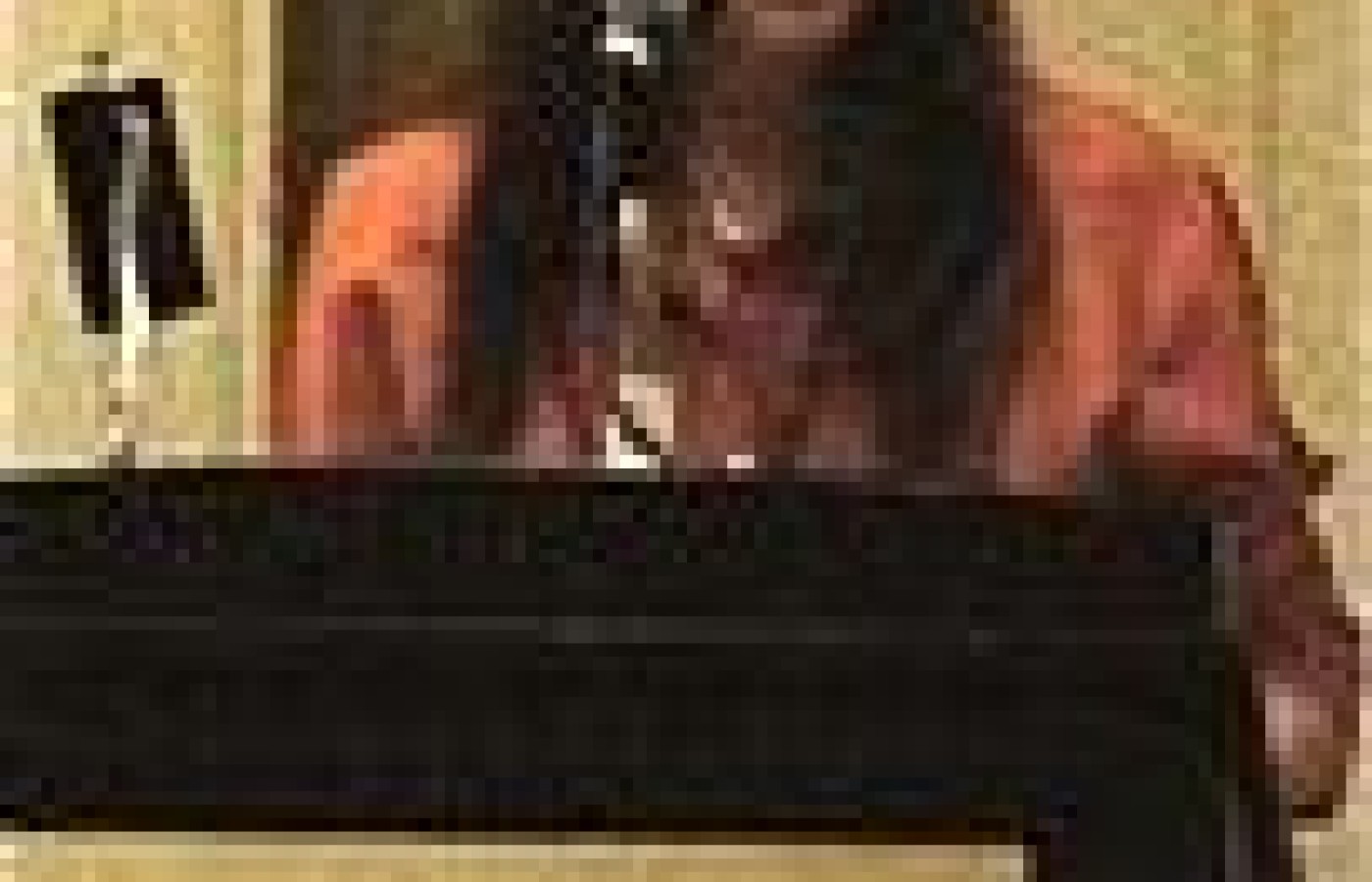People today want convenience, whether it be from their bank, credit card, favorite retail store, or restaurant. They demand it from the companies who hold their loyalty, including their health care providers (you). They don’t want to call and possibly be put on hold, and they want to use an app or schedule an appointment on your website. Here are three reasons your practice can gain by switching to online appointment scheduling.
Report on the 2005 AOBTA National Convention
The The 2005 national convention of the American Organization for Bodywork Therapies of Asia™ (AOBTA®), held Jan. 13-17 at the Radisson Miyako Hotel in the Japantown section of San Francisco, was one of the most inspired events ever staged by the organization.


AOBTA Director of Education Barbra Esher rallied top international presenters and authors in their respective fields, which helped to reflect the brilliant variety of Asian bodywork therapy. Workshops were held that matched the needs of advanced practitioners, instructors and students alike, including new applications of AMMA Therapy® (moderated by Tina Sohn); Traditional Thai Bodywork (moderated by Rick Gold, PhD); Medical Qigong (moderated by Roger Jahnke, OMD, and Jerry Alan Johnson, PhD, DMQ); Japanese moxibustion (moderated by Junzi Mizutani, LAc, director of the North American Journal of Oriental Medicine); Jin Shin Do® (founded by Iona Marsaa Teeguarden); and Shiatsu Anma Therapy (moderated by DoAnn T. Kaneko, LAc). Other presenters included Michael Reed Gach, PhD, founder of the Acupressure Institute in Berkeley, and Harriet Beinfeld, LAc, and Efrem Korngold, LAc, OMD, authors of Between Heaven and Earth.
For a change of pace, participants and school owners enjoyed some lively interactive marketing advice from Cherie Sohnen-Moe, author of Business Mastery, and co-author (with Ben Benjamin) of The Ethics of Touch. Cherie inspired everyone to develop creative marketing ideas without lofty budgets.

The experimental and interactive instructors' training workshop, the Certified Instructors Sandbox, ran the full gamut of topics, from the practical "nitty-gritties" of a multidimensional approach to meridian instruction, to the high-tech use of Microsoft PowerPoint. President Howard, a born comedian, had the attendees roaring with laughter by sharing her experiences of her best - and worst - ABT instructors. She included an example of an exasperated teacher who told a class of women that "you broads are outta control," and another instructor who made students stand outside a locked door before initiating a "trance." The best examples included teachers who incorporated many learning tools and styles, which certainly set the pace for the Instructors Sandbox.

At the Instructors Sandbox, six certified AOBTA instructors pitched gems from their respective teaching innovations. Gayl Hubatch, LAc, OMD, and a Jin Shin Do instructor, showed ways of using PowerPoint to teach different qualities of qi. Deborah Valentine-Smith, a Jin Shin Do instructor and editor of Pulse, the AOBTA's newsletter, led everyone through a gentle "inner journey" meditation on organ/meridian connections and metaphors. A tabulated timeline of famous Chinese physicians (from 5000 B.C. to 1911 A.D.) presented by Jan Ste. Germaine, a licensed acupuncturist and shiatsu instructor, gave the historic perspective on Chinese physicians' discoveries ranging from smallpox to heart transplants. Barbra Esher and John f. Johnston's double -instructor pitch used PowerPoint to dramatize memory pathways and prompts to enhance students' learning experiences, especially by maximizing opening and closing lessons. In her famous hands-on approach to teaching pathologies, Barbra had John slap a cream pie on her face to create a pale face and tongue with cough, to demonstrate lung qi deficiency. How could you forget something like that?

We also welcomed two famous British instructors from the global circuit, Carola Beresford-Cooke (an acupuncturist and shiatsu instructor, and author of the textbook Shiatsu Theory and Practice) and Suzanne Yates (author of Shiatsu for Midwives). Ms. Beresford-Cooke's workshops focused on joint problems and menopause, while Ms. Yates shared her wide experience of adopting shiatsu techniques for a variety of pregnancy and postpartum complications. Similarly, the medical qigong workshops had a way of reaching all levels, especially when presenters maximized the charm of storytelling as a teaching tool, such as Jerry Alan Johnson's description of an exercise inspired by a man who though he had discovered a pearl in pond, until he realized it was a reflection of the moon.
Finally, the convention's keynote speaker, Swami Beyondananda (the alter ego of humorist Steve Bhaerman) brought everything down to earth by asking the packed audience, "How many of you have passed the NCCAOM exam?" He followed that with the question, "How many of you have swallowed the exam, and have yet to pass it?"
Look forward to the AOBTA's next national convention in August 2006, which is tentatively scheduled as a gentle retreat in Wisconsin. Make sure to check the AOBTA's Web site (www.aobta.org) as more information becomes available.



